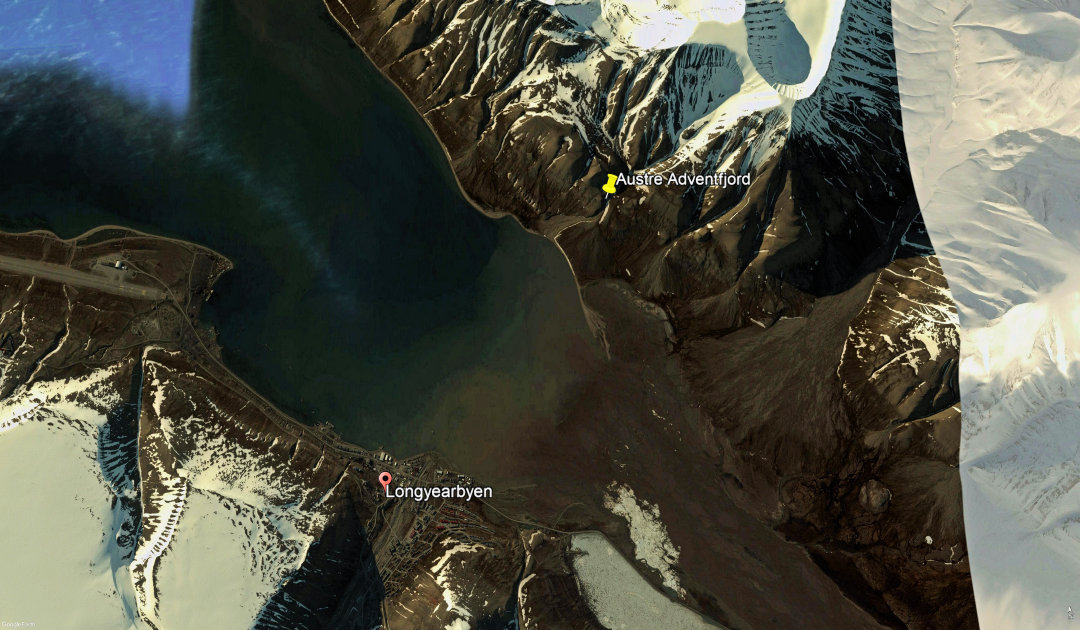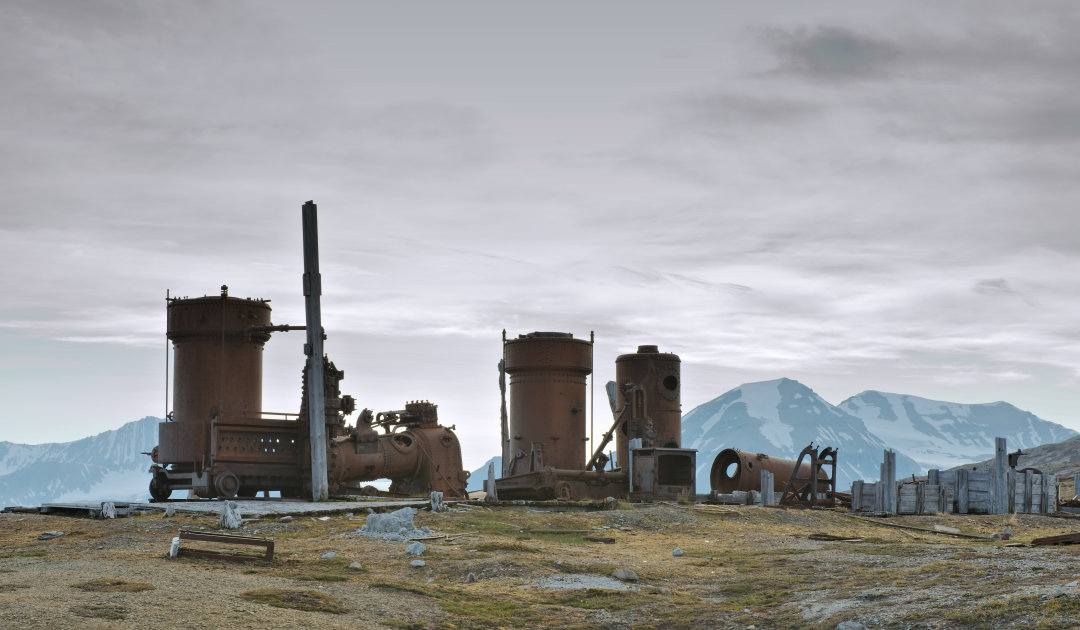
Although administered by Norway, it is possible for any country to undertake activities on Svalbard if it has ratified the Spitsbergen Treaty. This includes the establishment of a research station as well as the mining of resources such as coal. Currently, the only two nations mining the black gold are Norway and Russia. However, Norway has stopped commercial mining and now only operates Mine 7 for its own use. Now a Norwegian company has announced that it plans to sell its own mining rights to potential Chinese or Russian investors. The explosive fact is that the company sold the ground in the area to Norway in 2017.
According to various Norwegian media, the company Austre Adventfjord AS is in contact with various investor groups from China and Russia who are interested in the mining rights. At the same time, however, the company had also offered to sell the rights to the Norwegian State. “We think the most realistic thing to do is to make an offer to the state to hear if they are interested. If they are not, we have to assume that it is okay for these rights to be sold foreign interests,” company lawyer Erling Lyngtveit tells Norwegian broadcaster NRK. According to his statements, the state has shown no interest so far in acquiring the rights.

Jan Morten Ertsass, the head of Store Norske AS, the state-owned company responsible for mining in Svalbard, told NRK that he had rejected the offer because mining was no longer profitable and, besides, they had their own resources in the area that were better. His company withdrew from commercial mining with the closure of its largest coal mine some time ago. The only mine they still operate supplies most of it to the local power plant for energy production, the rest is sold in Norway.

Legally, resource extraction is allowed on Svalbard, even if the land belongs to Norway. The Right of Extraction ensures this. When Austre Adventfjorden AS sold the area of the same name three years ago, it included the land of the fjord, which lies just opposite Longyearbyen. At the time, the company had announced that they had received inquiries from Chinese and Russian interested parties who wanted to buy and develop the area. The state intervened and had to pay around NOK 300 million (approx. € 30 million) for the purchase of the ground. But the state was not interested in the mining rights at that time. An omission that could now cost the state dearly.

The question of whether interested Chinese or Russian companies would really extract coal in the area is difficult to answer. Because on the one hand, their hunger for fossil fuels is huge, especially now after the pandemic. Boosting the economy and covering the losses are certainly high on the to-do list in Moscow and Bejing. The latter in particular are interested in more Russian coal to make up for supply shortfalls due to a dispute with Australia. However, it is not yet possible to assess whether the production volumes in the Austre Adventfjord play any role at all. On the other hand, it is also about political considerations of the two countries. For one thing, China has its focus set on expanding its polar Silk Road. Rumours have been circulating for some time that Chinese investors are interested in goods related to Svalbard, including in Longyearbyen. On the other hand, Russia wants to further expand its hold on the western end of its Arctic territory. For this, one would also accept the unprofitable operation of a coal mine, similar to what is happening already with Barentsburg. In Longyearbyen, Austre Adventfjord’s announcement could definitely be a talking point and further fuel fears of a sell-off of the Norwegian-administered territory.
Dr Michael Wenger, PolarJournal
More on the subject:





